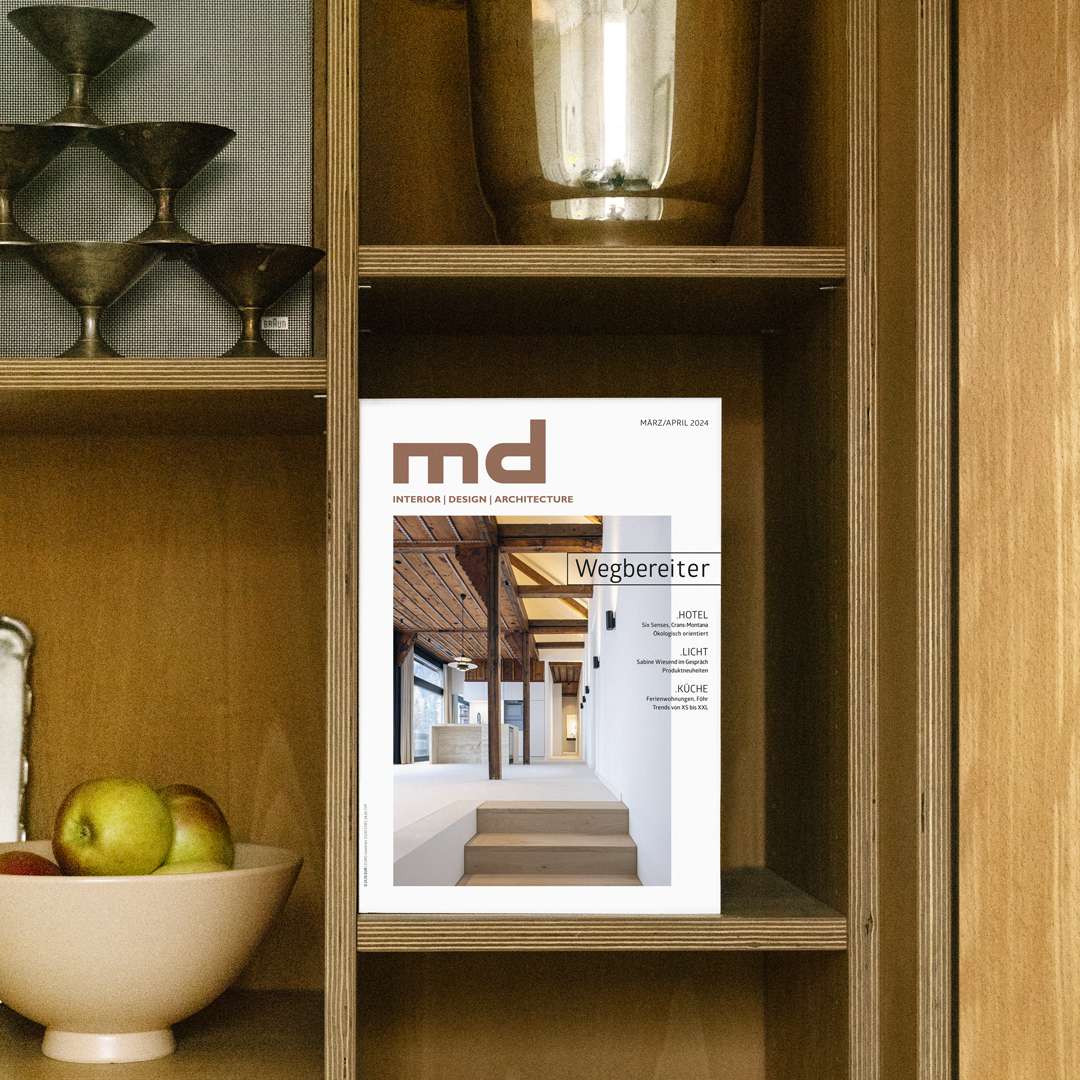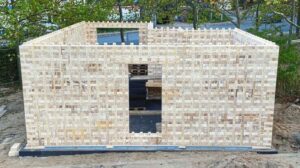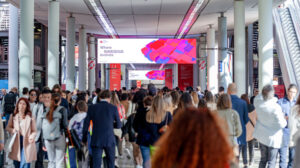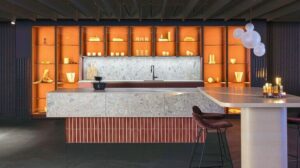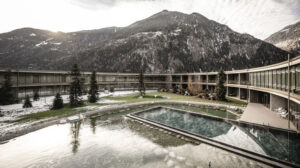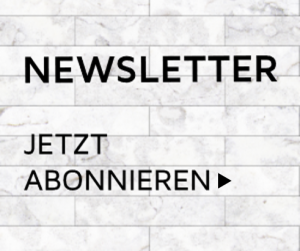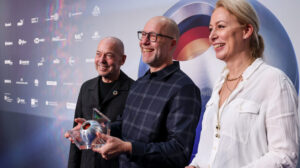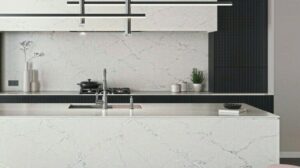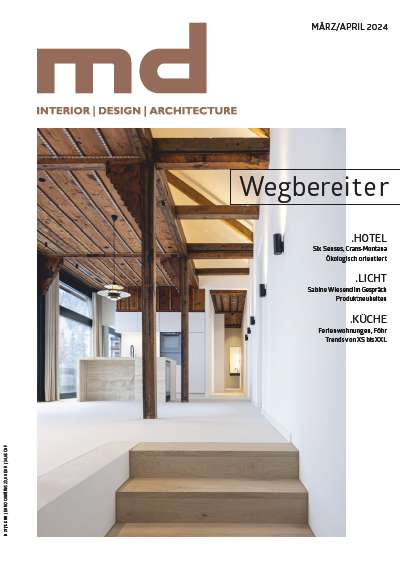English translation from page 22
What would you like? A diamond made
of the ashes of your loved ones, or your neighbor’s DNA from the vending machine on the corner? In the 21st century, a chamber of marvels will have to serve
different projections, longings and wishes than at the times of King August the Strong. While the princes of the New World impressed each other with exquisite valuables made of precious materials, today’s perception of what is luxury is a different one. And it will continue to change. But one thing will certainly remain the same: everything rare and exceptional will always be desirable.
“What is luxury?” Tackling this question
in co-operation with the British Crafts Council, the V&A in London reflected once more the spirit of the time. After exhibitions on everyday life and the power of craftsmanship – the “Power of Making” – it was only logical to turn to the subject
of above-average, non-essential goods – luxury, in short.
Surveying notions like expertise, perfection and craftsmanship or opulence, authenti-city and exclusivity by presenting luminaries from design and handicraft, picked up on our familiar perception of luxury. Right at the beginning of the exhibition visitors were immersed in a noble blackbox. You were magically attracted to a
perfectly lit huge spirograph installed by Philippe Malouin for Lobmeyr which, by painting delicate patterns with sand onto the floor, simultaneously broached the
subject of the time-consuming process needed for manufacturing crystal glass. You certainly had to look closer. So this is how the deceleration of urban museum visitors works. Which in our times is also a luxury.
From then onwards, the expansive center piece set the rhythm of the visitor’s personal perception – a smart scenographic trick. Because in this way the exhibits grouped around it, housed in their chamber-of-marvels showcases, were
displayed so much the better: exquisite luxury objects like the ‘Space Travellers‘ Watch‘, a handmade timepiece by British watch reinventor George Daniels; the
‘Voltage Dress‘, a laser-cut “feather fur coat” by Iris van Herpen; or a fragile concrete chandelier by Studio Drift, plus a
‘Talaris’ horse saddle by Hermès, combining traditional leather processing with a substructure of carbon and titanium. Also the ‘Bubble Bath‘ necklace which Nora Fork put together from more than 1,000 hand-knitted miniature nylon bubbles, celebrates the considerable time investment, the profound knowledge of materials, the precise production and absolute detail
accuracy needed for its manufacture. The objects, disparate at first sight, spell out the terminology of the luxurious and its
diversity of possible interpretations in an almost self-explanatory way. What a feast for the eyes!
Space and time
Under the supposed coercion of permanent self-optimization, space and time, too, become a fundamental luxury article. Works like ‘Time for Yourself‘ with a watch without hands, and a compass that aims only at random coordinates, invited visitors to forget themselves and at the same time grapple with the phenomenon of their own, perhaps “lost” time.
The topic of a relationship between luxury and value, morals and material, is also of great social importance. ‘Hair Highway‘ by Studio Swine played with rare luxury raw materials like tortoiseshell, horn or exotic woods: the designers make highly decorative furniture and accessories from human hair cast in resin. This is a raw
material that seems to be absolutely
inexhaustible and resource-saving. A breach of taboo? Real-hair wigs are also a luxury item. Other projects dealt with our relation with gold or rare earths. Unknown Fields Division, for instance, presented vessels of toxic sludge made of excavation waste, brought along recently by an
exhibition from Inner Mongolia.
From here it was only a small step in
London from tabooed production conditions to the fulfillment of luxury needs and purely fictional scenarios: privacy, resources and access to them – these could be the exclusive luxury “goods” of the future in the era of Google Alphabet and NSA. Hence the ‘DNA-Vending Machine‘ by American artist Gabriel Barcia-Colombo stored virtual DNA packages and confronted visitors with the negative spin-offs of biotechnology and the question of the ownership of one’s personal DNA.
V&A’s co-curator Jana Scholze put it in a nutshell: “The very title of the exhibition
reveals the whole spectrum of luxury today. It aims at the general understanding of luxury, invites you to take a closer look at its production and submits suggestions on what luxury may mean beyond all of that. Basically, the perception of luxury is a very personal one.”





 Modul auf Modul
Modul auf Modul